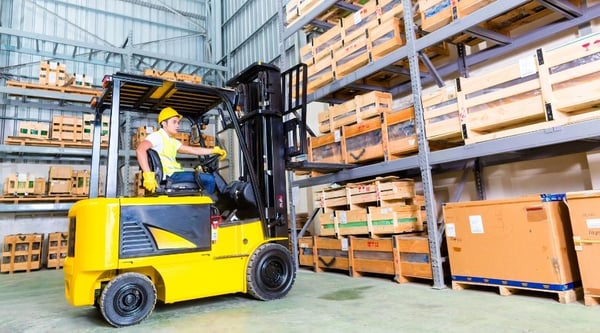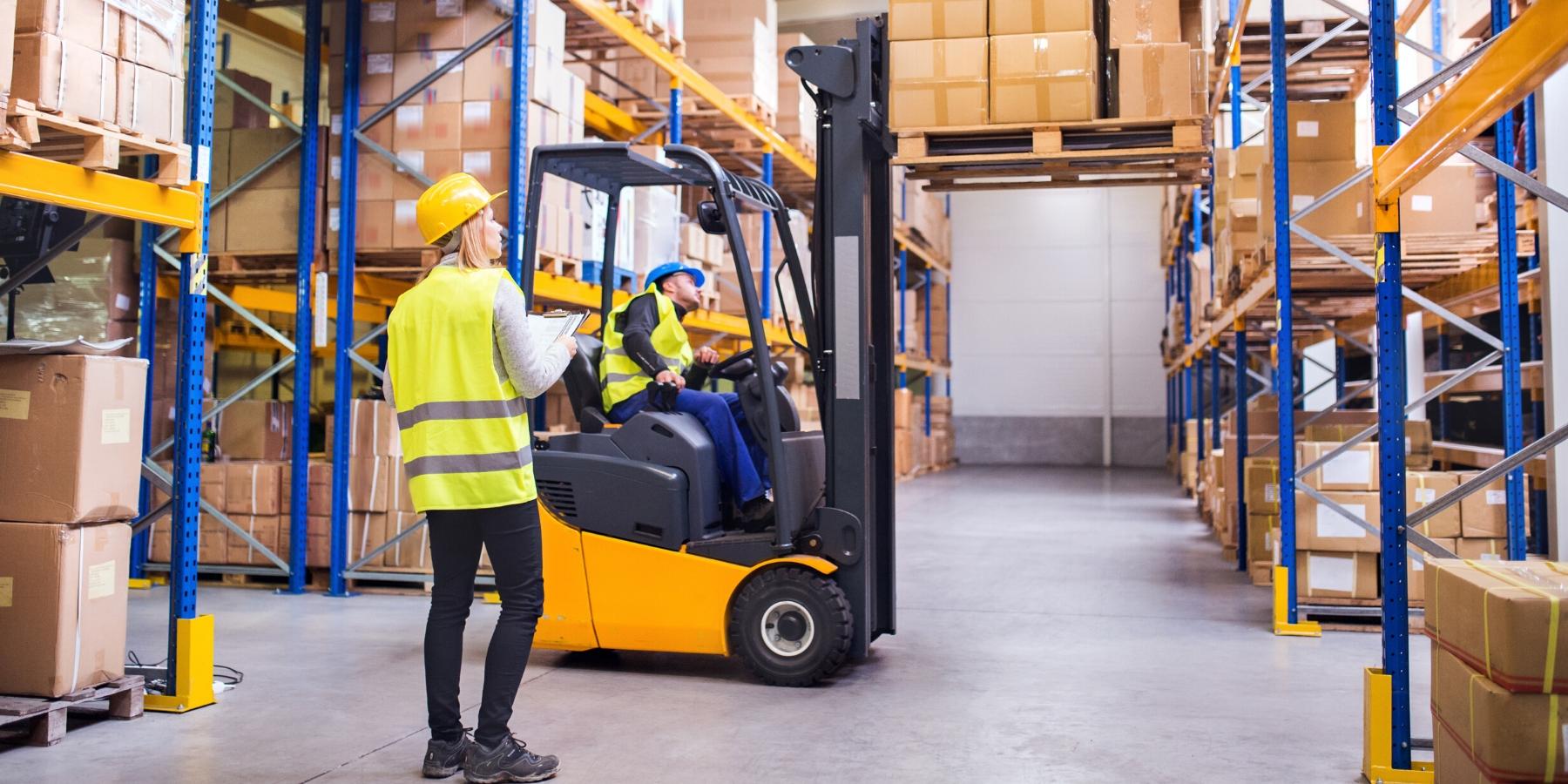Warehouse safety has always been a priority. And yet, recent coronavirus-related lockdowns have shined a spotlight on just how important warehouse workers, and their health and safety, are to the fabric of modern society.
Below are 9 top tips to help keep warehouse workers safe and free from injury, illness and even death. As a bonus, a safe work environment translates into more productive employees with less turnover.
1. Keep areas clean and organized
Dispose of any trash and recyclable materials immediately. Keep work surfaces clear and orderly. Improve employee movement and efficiency by grouping similar items in a logical flow. Clean up spills. Have spill control measures ready. Tape work area outlines on floors. To reduce slips and falls... keep cables tied up and remove anything that could become a trip hazard.
2. Only certified personnel should operate equipment
This may seem obvious, but it's important to underscore. Never short cut this requirement. Through certification, operators learn the correct way to load and unload forklifts, how to properly move and stack boxes, how to maintain their equipment, and how to guide the forklift.
3. Define forklift paths
Forklift and pallet jack paths should be clear.
Side note: if you’re updating to modern lithium-ion batteries, you can get a full lithium-ion charge in as little as one hour, so there’s no need to remove huge heavy forklift batteries. You'll no longer need to risk toxic spills due to battery watering, nor will you need battery charging rooms. Forklift paths may need to be adjusted and simplified.
4. Supply and wear PPE
Personal protective equipment should be tailored to your warehouse conditions and may include safety vest, steel toe boots and hardhat. PPE required in warehouses has changed recently, and may include surgical style or N95 masks, gloves and safety googles to reduce risk of contagious disease spread.
5. Inspect equipment regularly
Conduct regular inspections and maintenance of racks, conveyors and lift equipment. Refer to our Forklift Operator Checklist for even more details.
6. Hold regular safety training
Conduct initial training for all new hires. Additionally, schedule ongoing training sessions quarterly or as needed. Expect to roll out new safety standards in response to both internal and external changes - such as new equipment acquisition and environmental factors, respectively.
7. Optimize warehouse layout
Develop a logical flow. Reduce difficult movements for people and equipment. This article gives you 50 things to consider when planning the layout of your warehouse operation.
8. Have a plan, do practice drills
Develop emergency preparedness procedures for fire, lockdowns and likely natural disasters in your area, such as tornado, earthquake, or flash flood. Drills will help employees respond to real-life emergencies with efficiency and a greater sense of calm.
9. Encourage communication
Solicit input from the floor. Having a ‘safety suggestion box’ is an anonymous way for people to provide new ideas. Or hold safety feedback meetings to uncover small or large changes that can help reduce risk of injury, preserve health and improve employee morale as voices are heard.

Keeping warehouse teams safe continues to be a top priority and OSHA guidelines provide useful frameworks for managers and employees to follow.
As a leader in clean energy to power forklifts and other industrial and commercial equipment, we salute warehouse workers everywhere. Thank you for keeping our communities, businesses and homes stocked and safe!











